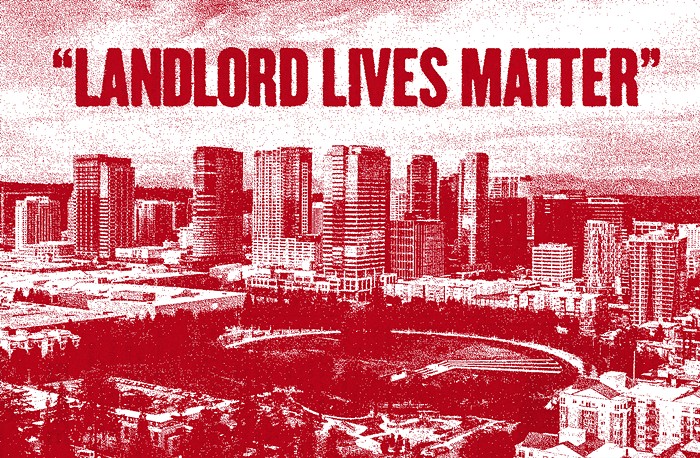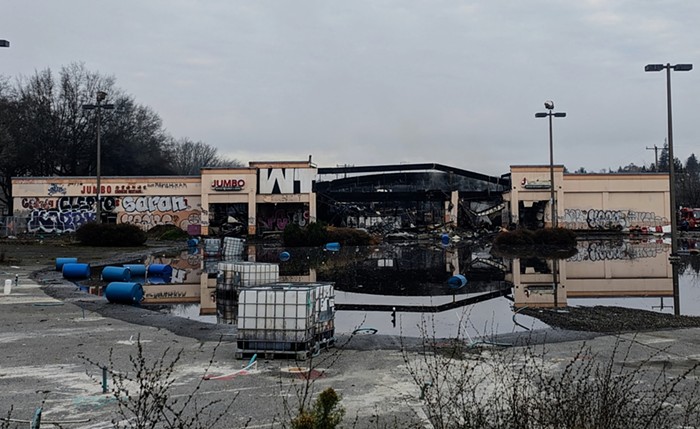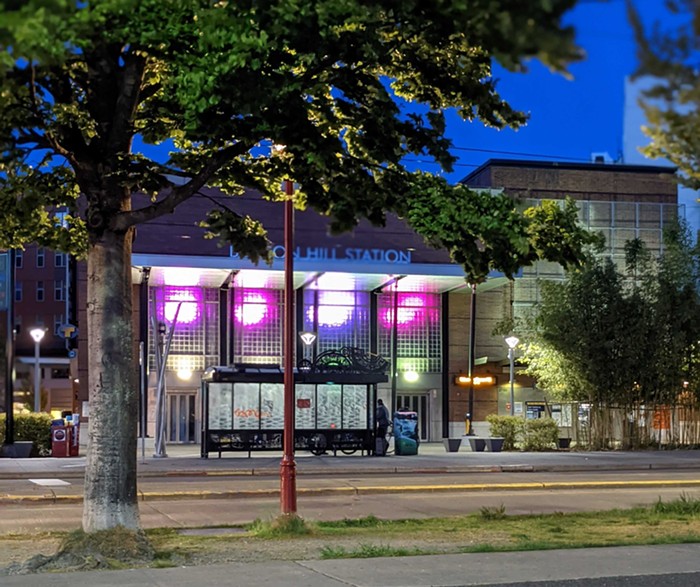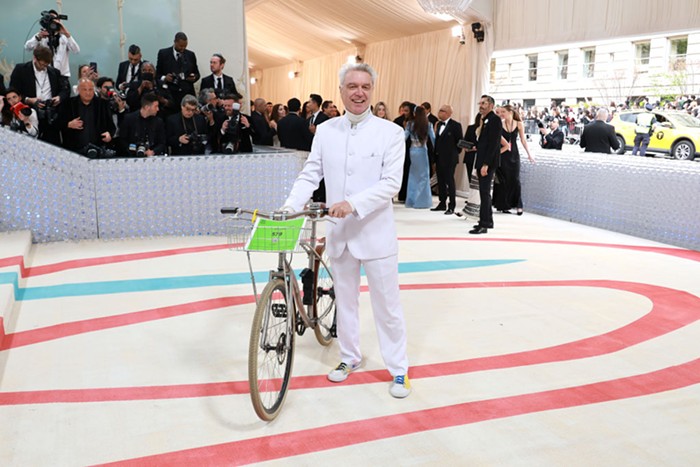
The other night, I realized I had reached my last drink at the Quarter Lounge and looked at the Metro app and saw that I had just missed the Route 60 bus. The next one was in 30 minutes. I decided to request a Lyft Line, which is cheap because one shares the ride with others heading in your general direction. The Lyft car arrived two minutes later, I entered it, and found two youngish white people in the backseat. One was a woman, the other a man. The woman had a small dog on her lap. I greeted the couple and their dog, put on my earphones, and began to listen to a playlist that includes the very best of Run DMC ("Jam Master Jay"), Eric B. and Rakim ("Follow the Leader"), Public Enemy ("Night of the Living Baseheads"), Queen Latifah ("Rough"), and Wu Tang Clan ("Bring Da Ruckus")—the hardest of the hardest, no concessions to R&B and singing, hiphop when it was made just from the wheels of steel.
We entered I-5, we passed I-90, we made a right into what I first thought was a road leading to West Seattle. But it did not. It went deeper and deeper into SODO.
Where in the hell were we going? Were these ordinary-looking white Americans heading to a rave with their dog? We reached the train tracks. I feared an endless train would think now was the time to block us for lord knows how long. But the driver made a right, and his car's lights fell on an RV and stopped. The couple behind me got out of the Lyft with their dog, gathered groceries in the back of the car with assistance from the driver, and walked to and entered the RV in front of us. Both I and the driver, who had returned to his seat, stared at them in wonder.
Here is the thing. The couple was perfectly functional. They tipped the driver, they shopped at QFC, they owned a cute dog, they clearly worked, but they were homeless in the conventional sense. The RV was on a dark street that had other RVs and ended with the massif of one of the stadiums. Seattle, with ever-rising rents, has reached a point where homelessness is now fully in its standard circuits. It's no longer a matter of the excluded as theorized by the French sociologists Luc Boltanski and Eve Chiapello in The New Spirit of Capitalism.
The theory is this: In the late-1960s, a cultural process began expanding, in both directions (high and low), the definition of the middle class in high-income countries like the US and France. By the 1990s, it had successfully transformed "all classes—especially the working classes—into one vast middle class." A person earning $25,000 a year saw him or herself in the same class as a person earning $250,000! The dissolving of the rich and the workers into one mass left the poor high and dry. They became the excluded. This form of class consciousness defused explosive class differences very effectively.
Boltanski and Chiapello write:
Social work then consists in reintegrating these excluded persons—that is to say, enabling their inclusion, so far as possible, in the large middle class by helping them overcome their handicaps which are responsible for their marginalization...
The upshot: something about you (poor mental abilities, genetic corruptions, culture of poverty, cosmic bad luck), and not the system itself, is responsible for your exclusion from this massive and easily accessible middle class.
Up to now, the post-class narrative has characterized the people on the streets of this and other cities as too feeble, for one personal reason or other, to be a part of the welcoming universal middle. But what the Lyft driver and I saw that night, and we talked about the couple and the ever-worsening housing crisis as he drove me home (he owned a house in Auburn, and I in Columbia City), was the meaning-collapse of that kind of social reading. If the universal middle narrative is to go unchallenged, then more and more of the outside, the functional excluded, must become the inside. The middle class absorbs the streets of Seattle.


















